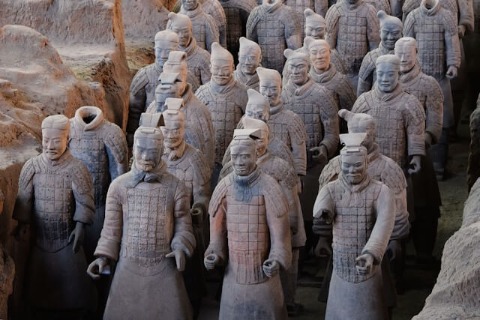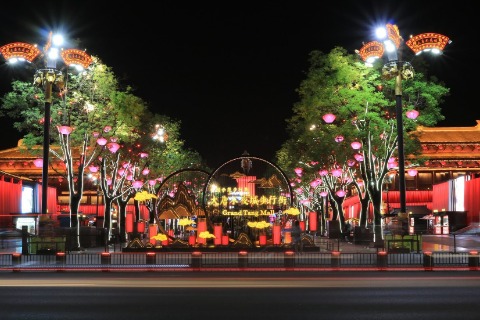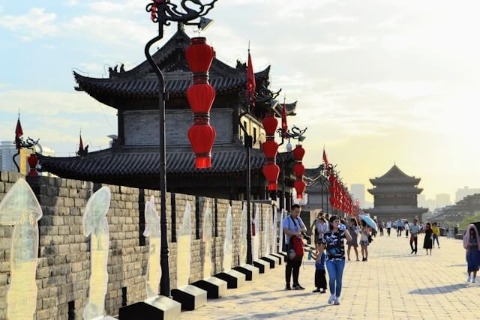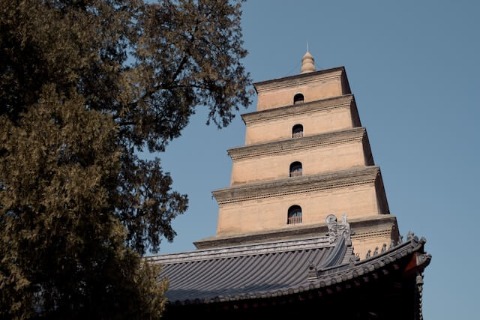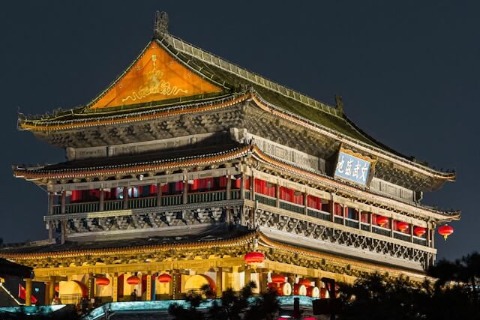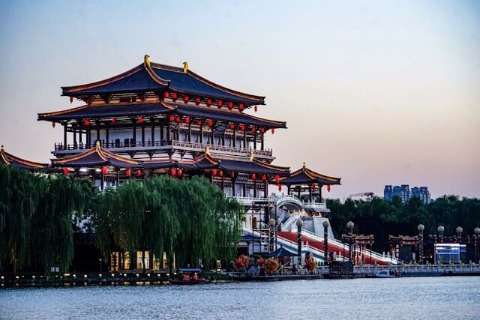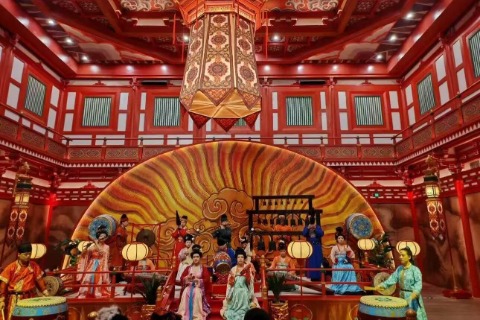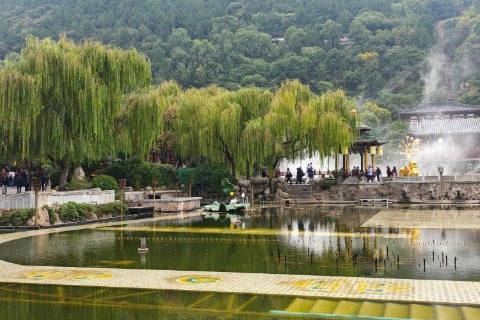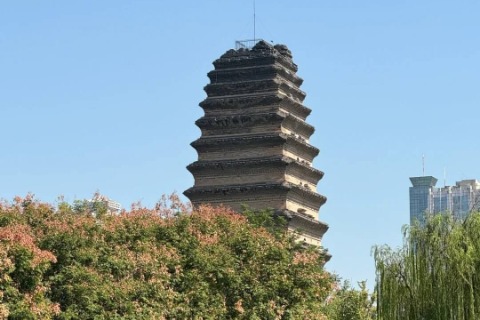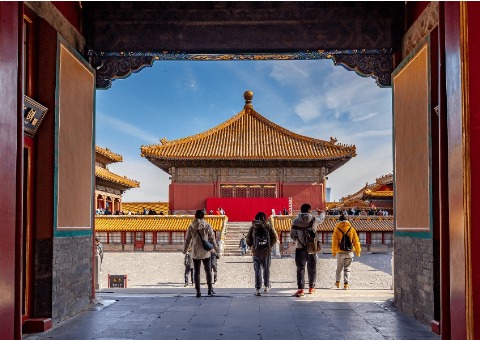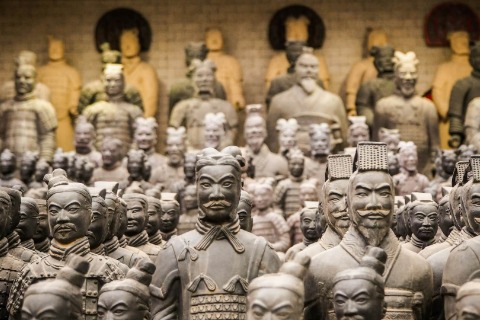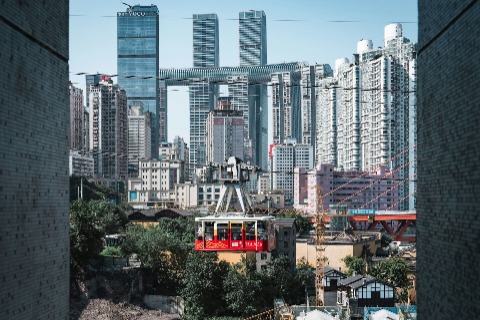Xi'an Museum
National First-Class Museum of China
The Xi’an Museum is made up of three parts: the Artifact Exhibition Hall, the Ruins of Tang Jianfu Temple, and the Small Wild Goose Pagoda. Inside, it showcases the historical and cultural development of the Xi’an region from prehistoric times to the modern era. You can see Tang Dynasty murals, ancient stone inscriptions, jewelry, jade, and ancient bronze mirrors, highlighting their artistic features. Here, you can explore numerous ancient Chinese treasures and stroll through beautifully designed gardens in traditional styles.
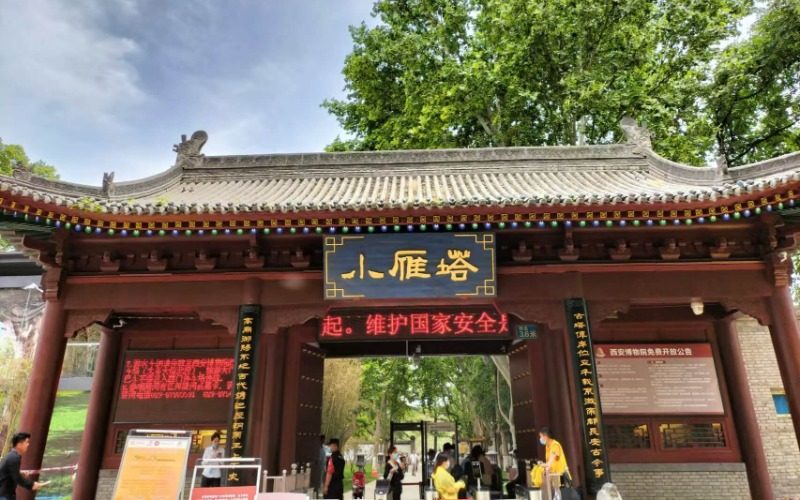
Highlights of the Xi'an Museum
Artifact Exhibition Hall at Xi'an Museum (Chinese name: 西安博物院文物展馆)
The Xi’an Museum has over 5,000 square meters of exhibition space and houses around 130,000 artifacts from various historical periods. A significant portion of these items was excavated from influential dynasties like the Zhou, Qin, Han, and Tang, including Buddhist statues, ancient jade, calligraphy, and seals. Some highlights include the Tang Tricolor Flying Horse, Yongzhang, a jade cup with cloud patterns, gold coins, the Nine Tripods of Xinmang, a gilded ram-shaped bronze lamp, Tang Dynasty lady figurines, and colorful Ming Dynasty ceremonial pottery figures. These exhibits not only showcase Xi’an’s rich cultural heritage as the ancient capital of thirteen dynasties but also reflect the social life and artistic achievements of different periods in Chinese history.
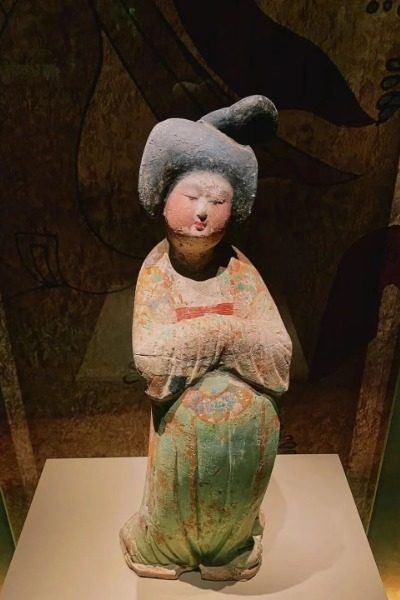
Ruins of Tang Jianfu Temple (唐荐福寺遗址)
Jianfu Temple was originally built in the first year of the Tang Dynasty’s Wenzheng era (684 AD) and was one of the famous royal temples of the Tang period. It served as an important site for translating Buddhist scriptures. Jianfu Temple is not only a sacred place for Buddhism but also a gathering spot for many prominent monks during the Tang Dynasty. Numerous foreign monks came here, including the well-known Japanese monk Yuanren, one of the “Eight Families” who came to China. He formed a deep friendship with the temple’s masters and made outstanding contributions to cultural exchange between China and Japan. The existing structures were renovated during the Ming and Qing dynasties.
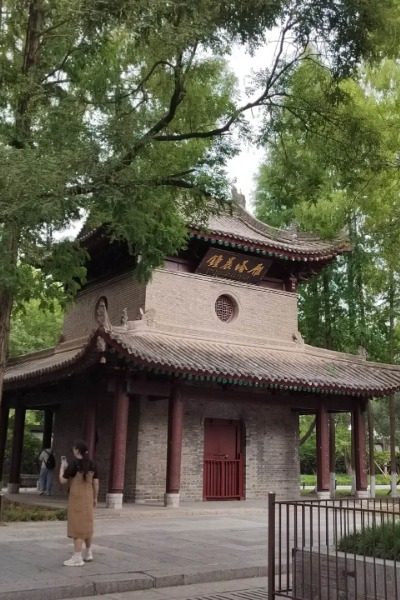
Small Wild Goose Pagoda (小雁塔)
The Small Wild Goose Pagoda, originally named “Jianfu Temple Pagoda,” was built in the first year of the Tang Dynasty’s Jinglong era (707 AD). Initially, it had 15 levels, but now 13 levels remain, standing at 43.4 meters tall. It’s a classic example of early square brick pagodas in China. Along with the Big Wild Goose Pagoda, it remains an important landmark from the Tang Dynasty in Chang’an. The pagoda was built to house Buddhist scriptures and images brought back from India by the renowned monk Yijing. The Small Wild Goose Pagoda is part of Jianfu Temple, which suffered repeated destruction during the late Tang wars. While the temple was largely ruined, the pagoda was preserved. Later, Jianfu Temple was relocated within the pagoda complex. The Ming and Qing dynasties saw multiple renovations of both Jianfu Temple and the Small Wild Goose Pagoda.
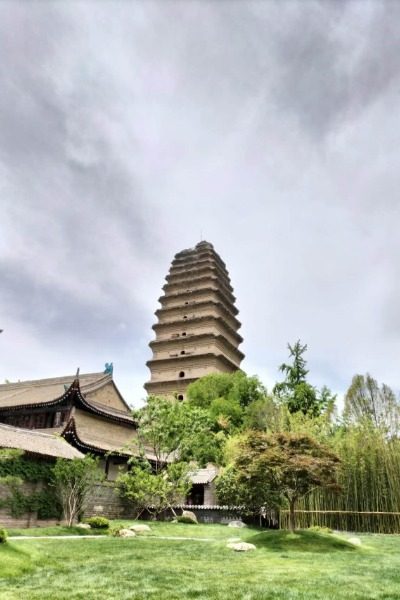
Practical Travel Tips
- I recommend entering through the west gate and exiting through the north gate. Tour buses can only use the north gate, so entering from the west will help you avoid the crowds. After exploring the museum, you can stroll around the Small Wild Goose Pagoda.
- Once you enter, there’s a guide on the left side (200 yuan per session for 1-10 people) and an audio guide available (100 yuan deposit, 30 yuan per use).
- Make sure to bring a water bottle, tissues, and a power bank. Wear comfortable shoes since you’ll be walking a lot.
Hours and Fees
Hours
- During peak season, it’s from 9:00 AM to 6:00 PM, with the last entry at 5:00 PM. In the off-season, it’s from 9:00 AM to 5:30 PM, with the last entry at 4:30 PM. The museum is closed every Tuesday.
Admission
- Admission to the Xi’an Museum is free, but you need to book in advance on the official website or WeChat. You can also check with the staff on-site to enter for a visit.
How to Get to Xi'an Museum
By Bus
- You can take buses 7, 8, 21, 203, 224, 410, 508, 521, or 700 and get off at the Small Wild Goose Pagoda stop(小雁塔站).
By Subway
- Take Line 2 of the subway and exit at South Shao Men Station(南稍门站) from exit F. Walk 400 meters west to reach the Xi’an Museum.
- Take Line 5 and get off at Huangyan Village Station(黄雁村站), then walk to enter through the west gate of the Xi’an Museum.

